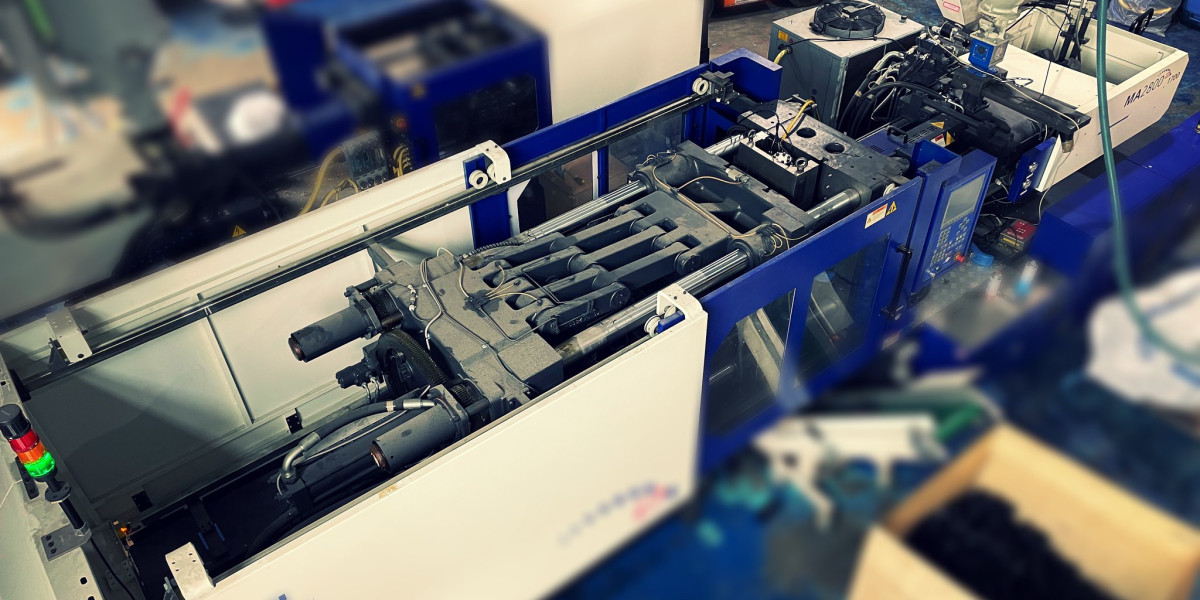Injection moulding is a widely used manufacturing process for producing plastic parts and components in large volumes. Whether you're new to the field of manufacturing or looking to expand your knowledge, understanding the basics of injection moulding is essential.
In this article, we'll explore the fundamentals of injection moulding, including the process, machinery involved, materials used, and common applications.
The Injection Moulding Process:
At its core, injection moulding involves injecting molten plastic material into a mould cavity, where it cools and solidifies to form the desired shape of the part. The process consists of several stages:
1. Clamping: The two halves of the mould, known as the cavity and the core, are brought together and clamped tightly to prevent plastic from leaking out during injection.
2. Injection: Molten plastic material is injected into the mould cavity under high pressure, filling the cavity and taking on its shape.
3. Cooling: The injected plastic material is allowed to cool and solidify within the mould cavity, a process that is typically aided by cooling channels within the mould.
4. Ejection: Once the plastic has cooled and solidified, the mould opens, and the newly formed part is ejected from the mould cavity, ready for further processing or assembly.
The Key Components Of Injection Moulding Machines:
Injection moulding machines consist of several key components that work together to carry out the injection moulding process:
1. Injection Unit: This component is responsible for melting and injecting the plastic material into the mould cavity. It typically consists of a barrel, screw, and nozzle.
2. Clamping Unit: The clamping unit is responsible for opening and closing the mould, as well as applying the necessary clamping force to keep the mould tightly shut during injection.
3. Mould: The mould is the tooling used to form the plastic part. It consists of two halves, the cavity, and the core, which are precision-machined to the desired shape of the part.
4. Cooling System: Cooling channels within the mould help regulate the temperature of the mould and the injected plastic material, ensuring proper cooling and solidification of the part.
The Materials Used In Injection Moulding:
A wide variety of thermoplastic and thermoset materials can be used in injection moulding, each offering unique properties and characteristics. Common materials used in injection moulding include:
- Polyethylene (PE)
- Polypropylene (PP)
- Polystyrene (PS)
- Acrylonitrile Butadiene Styrene (ABS)
- Polyvinyl Chloride (PVC)
- Nylon (PA)
- Polycarbonate (PC)
The choice of material depends on factors such as the desired mechanical properties, chemical resistance, cost, and end-use application of the part.
The Common Applications Of Injection Moulding:
Injection moulding is used to produce a wide range of plastic parts and components for various industries and applications. Some common examples include:
- Automotive parts such as bumpers, dashboards, and interior trim components
- Consumer goods such as toys, containers, and household appliances
- Medical devices such as syringes, IV components, and surgical instruments
- Electronics components such as housings, connectors, and switches
- Packaging products such as bottle caps, closures, and food containers
Manufacturing The Modern World
Injection moulding is a versatile and efficient manufacturing process for producing plastic parts and components. By understanding the basics of injection moulding, including the process, machinery involved, materials used, and common applications, manufacturers can leverage this technology to create high-quality products for a wide range of industries and applications.
Whether you're a beginner in the field of manufacturing or an experienced professional, injection moulding offers endless possibilities for innovation and production efficiency.








